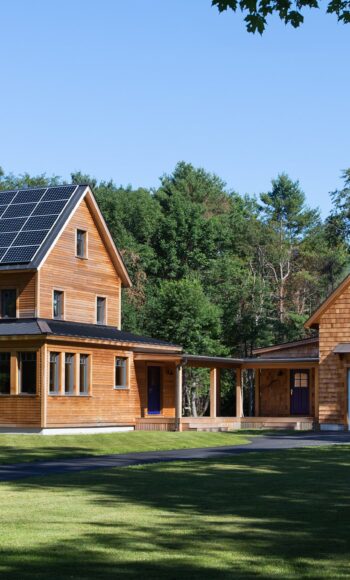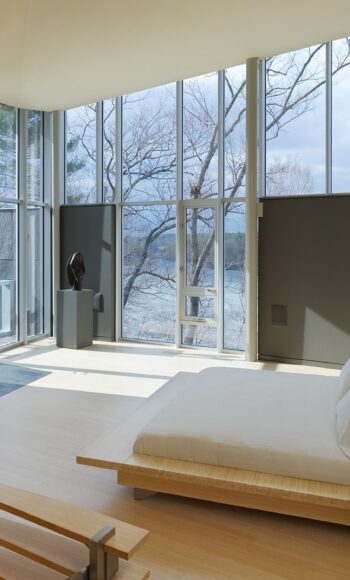
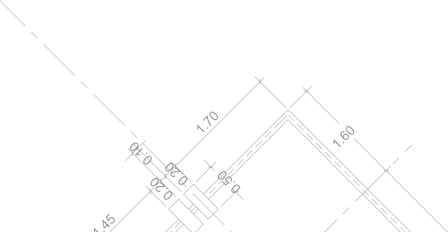
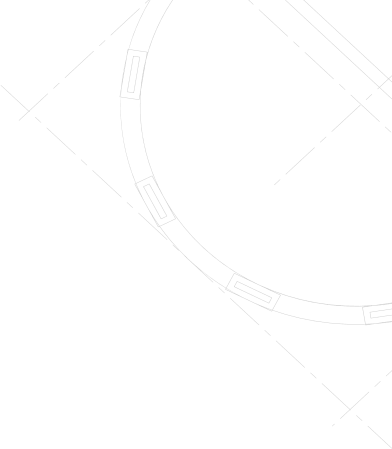

We spend 90% of our time indoors. Are we safe?
The Clean Air and Clean Water Acts provide frameworks for keeping our outdoor environment healthy. There are no similar regulations governing the indoor environment where we spend most of our time. Be sure to do your homework and partner with someone who is paying attention to the details.
At the most basic level, to make a home healthy it helps to understand what makes a home unhealthy. There are three ways things in your home can harm you: you can eat them, you can breathe them, or you can touch them.





Things You Eat
Babies crawl on floors and get their hands dirty. Babies put their hands in their mouths. That’s how lead paint dust or chips get eaten in old homes. You want to minimize the number of bad things that can get eaten in and around your home. Tohn Environmental Strategies of Wayland did an interesting study. They took samples of the “stuff” on the floors of a one-year old home. They found lead, DDT, and other contaminants that are no longer sold in the US. So how did the contaminants get into the house? The contaminants were tracked in on shoes. Our homes are part of the broader environment we inhabit, and many, if not most, contaminants in our homes come from outside our homes.
Some strategies to address this include:
- Include a place to remove and store shoes in your design or include a walk-off mat that cleans your shoes when you enter your home to address the situation highlighted above.
- Test the soil around the home for contaminants. Former agricultural properties, especially orchards, can have high concentrations of persistent toxins such as DDT. Areas around old homes that have been scraped and repainted many times through the years often have high concentrations of lead. Remedial steps depend on the type and concentration of contaminant but can include swapping out topsoil
- Be aware of what you bring into the home. For instance, use unscented cleaning products that avoid “red list” chemicals.





Things You Breathe
Air can become unhealthy in a home if the materials used in construction off-gas, if mechanical systems fail to maintain proper levels of humidity and ventilation, if toxins leak into the house, or if occupants bring toxins into the home.
You may remember the formaldehyde in the trailers supplied to people affected by Hurricane Katrina. That’s an example of a building material that wasn’t “healthy.” If you are building a home with a quality builder and selecting good materials, you shouldn’t have trouble with formaldehyde or other known contaminants. And if your home is thoroughly flushed with fresh air before you move in, you will remove gases generated as paint or adhesives cure.
Radon is another story, however (if you want to learn more about radon, read up at http://www.epa.gov/radon/). Any new home should include a sub-slab radon collection system. After move-in, you should test for radon and activate the system if it is present – installing a sub-slab collection system during construction is far less expensive than retrofitting one after move-in.
Here are some other suggestions:
- Build a tight home with a good ventilation system. Tight homes prevent air infiltration through dirty cracks and crevices. Ventilation systems provide multiple benefits. If you’ve inadvertently brought a contaminant into your home, ventilation systems dilute the concentration. Ventilation systems also manage humidity in the home, and therefore can prevent conditions for mold and mildew growth from developing.
- Select low VOC finishes for your home. This includes paint, floor finishes, and tile and stone sealers. While the VOCs will ultimately be flushed from your home by the ventilation system, they can simply be avoided by making certain upfront selections.
- Avoid bringing contaminants into your home. Furniture and carpets are two items that often contain chemical contaminants that emit into the home environment. Like VOC’s, these can be flushed from the home. However, if you lie on a mattress or sit on your sofa, you are placing yourself much closer to the source of the contaminant for a long period of time. Other sources of airborne contaminants include cleaning supplies, paints and adhesives (store these in your garage), dry-cleaned clothes, and air fresheners or scented candles.
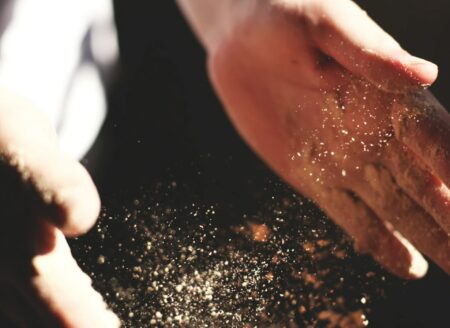




Things You Touch
While there may be things that can harm the people building your home during construction (e.g., sawdust, un-cured foam insulation, fiberglass insulation), you shouldn’t be exposed to any of these items once you move in (and a good builder protects the workers during construction through a robust training and safety program). However, if you have a specific allergy to a wood or fabric or finish, avoid using the material in your home.


